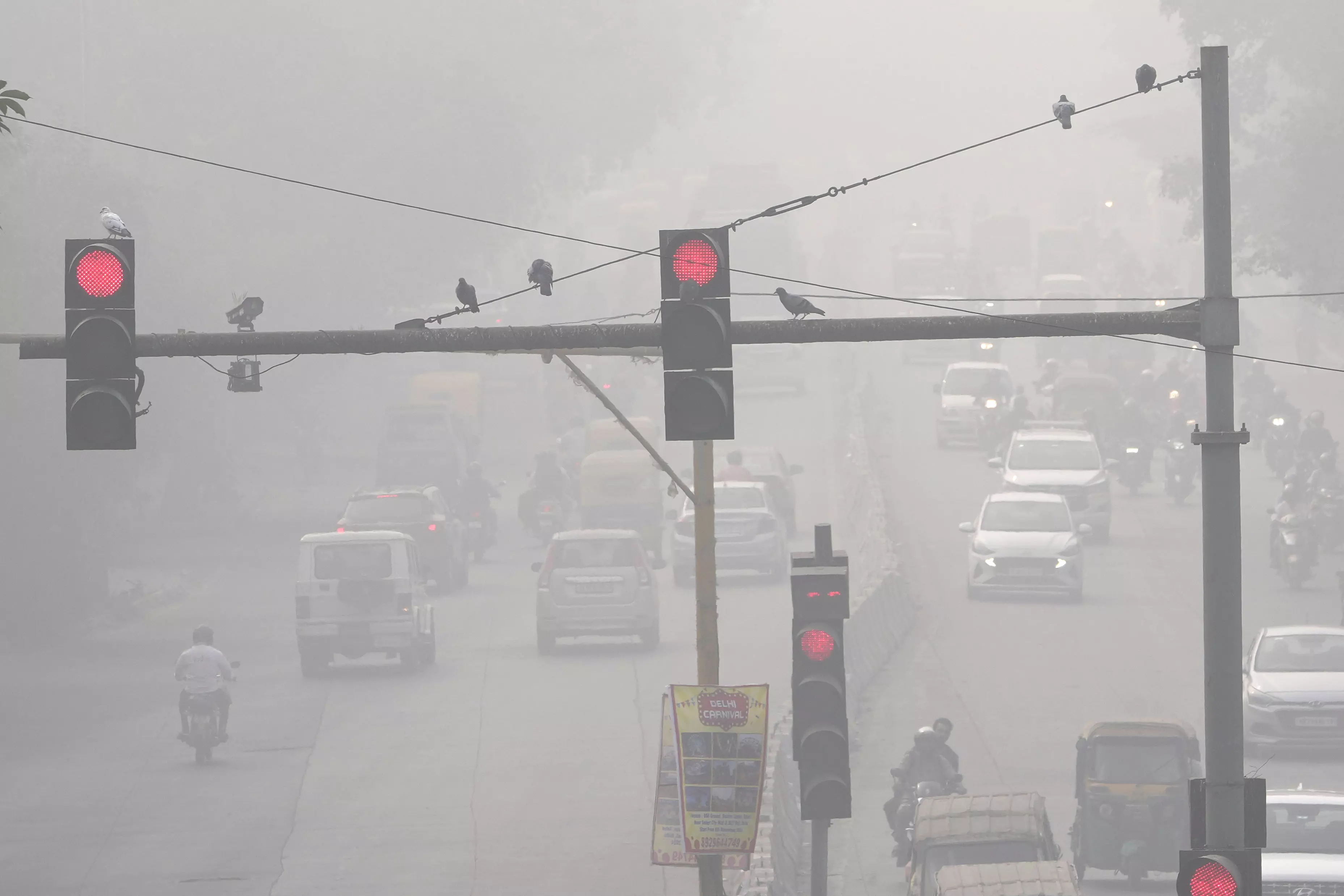
Delhi’s Central Pollution Board, Committee for Air Quality Management (CAQM) for the National Capital Region and surrounding areas and the Central Government’s Air Quality Early Warning System in Delhi have moved to the National Capital Air Quality Index (AQI). “Severe” category when it crosses the 400 mark – it was 433 on Tuesday – and calls for Phase 4 of the Graded Response Action Plan (GRAP), a change from GRAP-3 to GRAP-4, which specifically targets the manufacturing of vehicles running on older petrol and diesel cars and Traffic has been heavily restricted. Schools have been closed except for Class 10 and Class 12 students, and a hybrid mode – attending classes from home via the Internet – has been adopted. Doctors at various hospitals in Delhi have issued advice to people on morning walks – they are prohibited – and what kind of medicine people with high blood pressure should take. Other medical experts have warned about the long-term effects, how even healthy people can get sick, and the rising cases of cancer due to pollution. It’s not just about older people, people with co-morbidities, the very young, it’s about healthy people of all age groups affected by air pollution levels. Days of severe AQI moving into the danger zone are expected to last from a few days to a fortnight, and emergency situations are expected to occur. This repeats itself every winter only to be remembered during the next winter.
With more than 33 million people in the Delhi-NCR region living through a zombie-like haze of pollution, winter is far behind even as various government agencies take necessary emergency measures until summer arrives. But it may be time to take special measures to find out how people are being affected and what can be done. The argument that people are helpless and they are struggling for their livelihood and can hardly survive in this stressful environment is true enough and cannot be dismissed. But there are categories of people, more informed, relatively well-off people, who sit up and think about the issue, and what’s behind air pollution, cold waves, heat waves and floods — climate change — and make it a matter of public concern, and the broader public. How collective action takes place through consultation and public participation is, to use a cliché, the need of the hour. People’s initiative can be started from there Neighborhoods Or neighborhoods, where simple things like improving tree cover can be done, parks are cared for and protected, and vehicular traffic through neighborhoods is regulated? These may seem inadequate and token measures but if a group of people in every neighborhood started doing some of these things, the cumulative effect would be enormous.
Organizations such as United Nations agencies and national governments spent huge amounts of money spreading AIDS awareness through the 1990s and the first decade of this century, and rightly so. Is there no need for climate change awareness campaigns at different levels? Don’t we need Greta Thunberg, the Swedish schoolgirl with the support of her parents, who has become a vocal spokesperson on the dangers of climate change. Climate change advocate and now US President-elect Donald Trump dismissed her appearance with his characteristically rude remarks. But what the world needs is perhaps a Greta Thunberg in every country and every city. The climate crisis is not the only concern of environmentalists and NGOs concerned with climate change. It is a matter of concern to all irrespective of class, age and region. Of course climate concerns and what can be done about it need to go beyond marches and placards. Conversations and debates should be led on how to address this. It should be at the top of the political agenda.
Many other cities in India may consider Delhi to be one of the most polluted cities in the world, and think they are better off in Chandigarh, Dehradun, Lucknow, Bengaluru, Kolkata or Hyderabad. But every city in India will grow and face the same problems as Delhi today. There are lessons to be learned from the Delhi exams. Young professionals want to move from Delhi to places like Bengaluru, but they are moving from bad place to worse place in terms of pollution.
The question is how to make the city not only better than bad but also healthier. And it is not enough for Delhiites to breathe a sigh of relief when the AQI comes in at 400 or above and is in the 300-plus or 200-plus range, and less than 200 on ideal days. If it is moderate. A range of 101 to 199, and is not a healthy state. Similarly, the range of 200 and 300 is categorized as poor and very poor. Efforts should be made to make the air very clean. Reform is not enough. This is an unsatisfactory deal.
Solutions should be found based on information and experts from different fields should gather information. But this information should be shared with the people so that they can support informed decisions by the authorities. And if politicians and bureaucrats are taking the time to accept the information and take action, the public should push for it. If people and experts work together, the problem of air pollution can be solved well. It may not be as simple as it looks. Experts differ in their assessment of problems and the solutions they propose. And not all people are likely to agree with everything the experts put before them. But it is a necessary process. Openness is a democratic imperative. People should be aware of decisions, the basis of decisions and how they are implemented. Issues like air pollution, which is also part of the larger question of climate change, should be on the public mind. These are very important for discussion and decision making in the committee room. This is not to blame the decisions taken to solve air quality problems. But public awareness and public participation are most needed.